Subscribe to the Newsletter
If you are interested in understanding how Traditional Chinese Medicine can improve your life sign up to my newsletter for the latest updates.
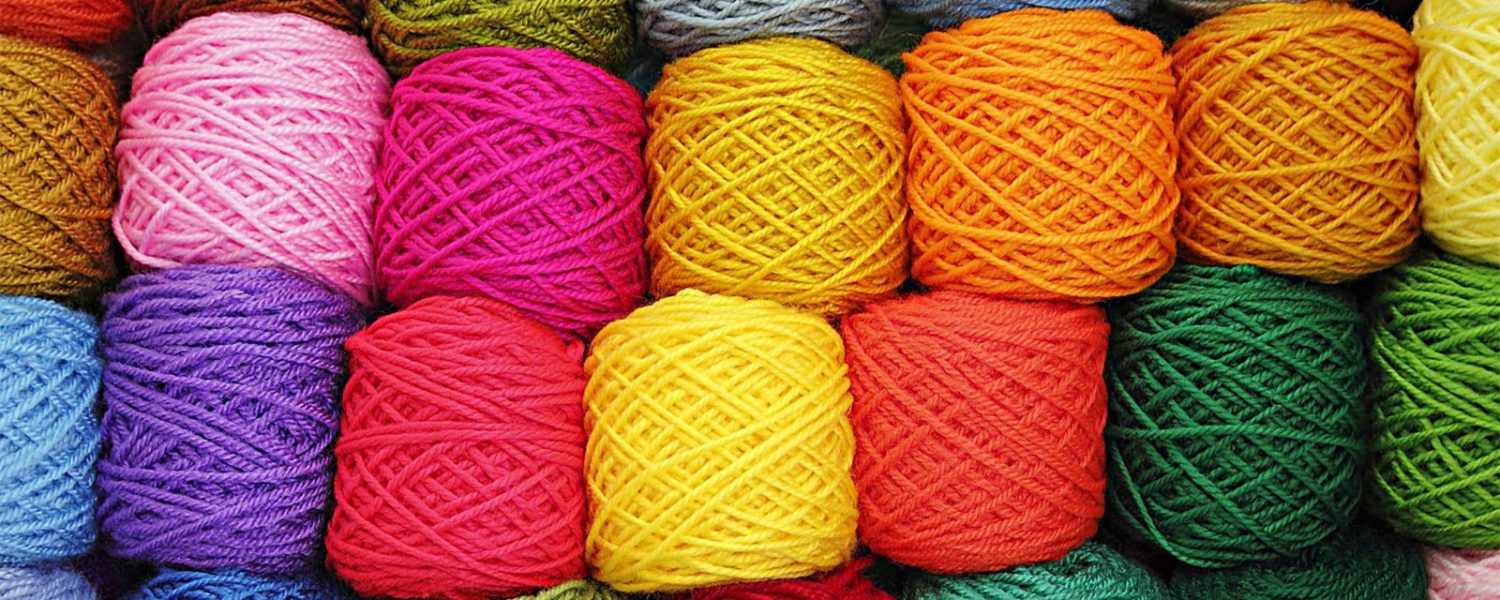
Key Learning Points
Before going into what phlegm colour means, phlegm is a major syndrome in Chinese medicine.
By the way … many other words also mean phlegm! For example,
You can read more about phlegm here, explaining why it can be such a nuisance.
I’ve also written a book about it: see my YouTube video (below) for more.
What does your phlegm colour say about your health? And what does this mean from the point of view of Chinese medicine?
More important, what does Chinese medicine suggest you do about it?
I hope you’ll find this page useful, but if you want more information, a lot more!, I’ve written a book “Yuck! Phlegm!” about the best ways to deal with each kind of it, including an analysis of many of the different suggestions made elsewhere on the web: what works and what won’t work – and why it won’t work.
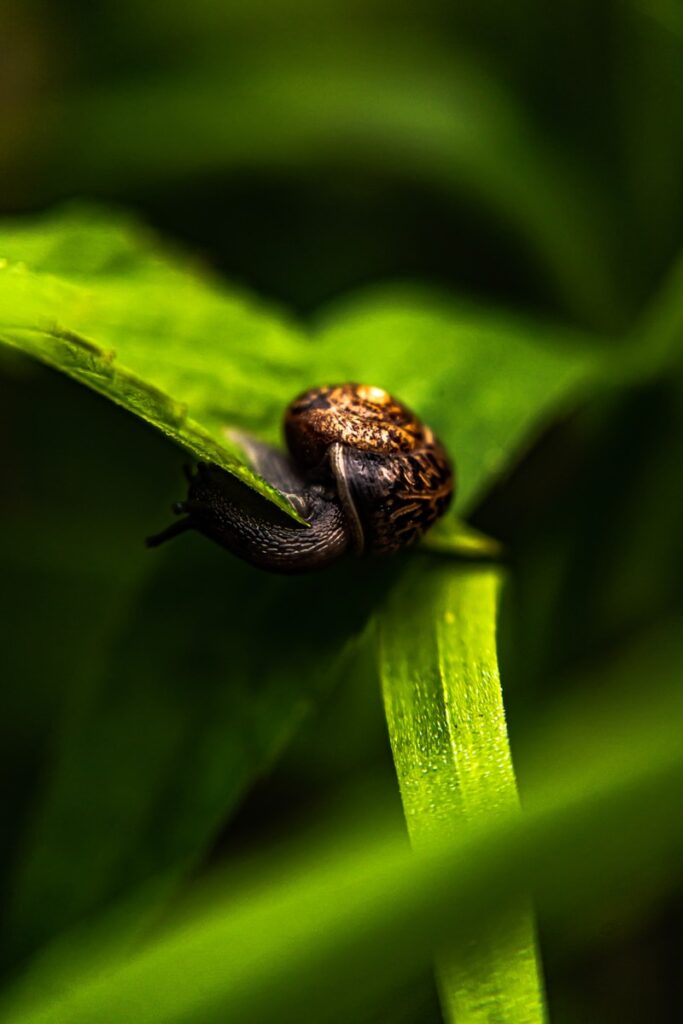
Your organic bodily fluids are vital for your health, in Chinese as much as in Western medicine. These fluids are the oil that keeps your body moving smoothly. They moisturise it, inside and out, they cool it, they carry nutrients to it and waste away from it.
So, to be pedantic, mucus is healthy, though we often use the word to mean phlegm, which is thicker and more chronic, appearing in your sinuses, throat, lungs and stomach.
But when you spit it out, it becomes sputum.
For more on phlegm meaning, read my page on it.
On this page, to make searching easier, we often use the word ‘mucus’ if that’s what we know you search for.
If you have a cough with mucus or phlegm, besides this page and the one on ‘phlegm’, also read our page on ‘cough’. |
Where are these fluids made? According to Chinese medicine, they start from your Stomach and Spleen energies – in effect, your digestion – working on what you eat and drink (not really so different to Western medicine!).
How they are filtered, purified and separated comes under other energy organs (zang-fu is the correct term), but they start with your Stomach and Spleen and, more specifically, often from Stomach and Spleen deficiency.

So what you put down your throat is your first step, for better or worse, to understanding this.
As they say, ‘food is your first medicine!’
Well, food is also your first POISON!
In Chinese medicine, you can sometimes alter the colour of your phlegm by eating different foods, if you go on for long enough.
I don’t mean in the short-term, such as immediately after eating something purple, like beetroot, when you clear your throat and see your phlegm is purple! Here, just wait a few minutes or have something else to eat and your phlegm colour will revert to normal.
I mean that foods have energetic effects – which means some foods have a cold energy and some have a hot energy. Because these foods have different energies they’ll tend to produce different kinds – and colours – in your phlegm.
Equally, if you go on for long enough, you can often improve your phlegm colour with the right nutrition.
Often, but not always!
The colour of your phlegm depends on other things too, like what syndromes or factors are affecting your health in Chinese medicine. Two big factors are Heat and Cold.
Heat and Cold affect your health by ‘invading’ you! Specifically, they enter by overcoming your body’s defences. In reaction, your body produces symptoms, which are its way of dealing with the problem.

They demonstrate where your body has put the problem: in particular, how far away from your vital ‘core’ it is maintaining the ‘dis-ease’.
Those symptoms are described in Chinese medicine according to a well-developed theory which goes back at least 3000 years, described in detail about 2500 years ago.
Acute reactions often come in one of two forms:
Chronic reactions take longer to develop and, being chronic, don’t easily go. That you have ongoing phlegm means – nearly always – that your condition is chronic. Why? To find out, you should read our page on phlegm. (Just some examples … it could be due to poor eating habits and nutrition, digestive problems or stress.)
Your body has a whole set of genetic or inherited templates to use when confronted by different diseases. They give it a huge range of options. Your symptoms show how your body is using its resources the best way it knows how.
Modern medicine has ways to ease the pain of these genetically inherited solutions, but if you read my page on Suppression, you’ll understand why sometimes you are better off letting your body deal with the problem its own way.
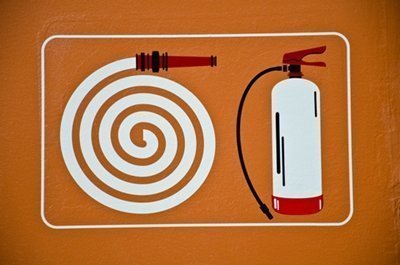
For example, if your body can clear the disease its own way, you don’t usually get stuck with what is called a ‘remaining pathogenic factor‘ which often follows the use of modern medicines like antibiotics.
Anyway, diseases (ie, your body’s best responses) can change your phlegm colour.
These diseases can be acute or chronic. Chronic means that your body has given up trying to expel the disease (an acute reaction being its first line of defence), and has been forced to allow the disease to penetrate inwards to a deeper level where, with luck, it can ‘hold’ it and prevent it going deeper.
But … this means it (ie you!) has to learn to live with it.
Acute diseases last a few days or, at most, weeks. Chronic diseases can last as long as you do, in theory, unless you get help and/or make a huge change in your life.
Where your phlegm appears from makes a difference.
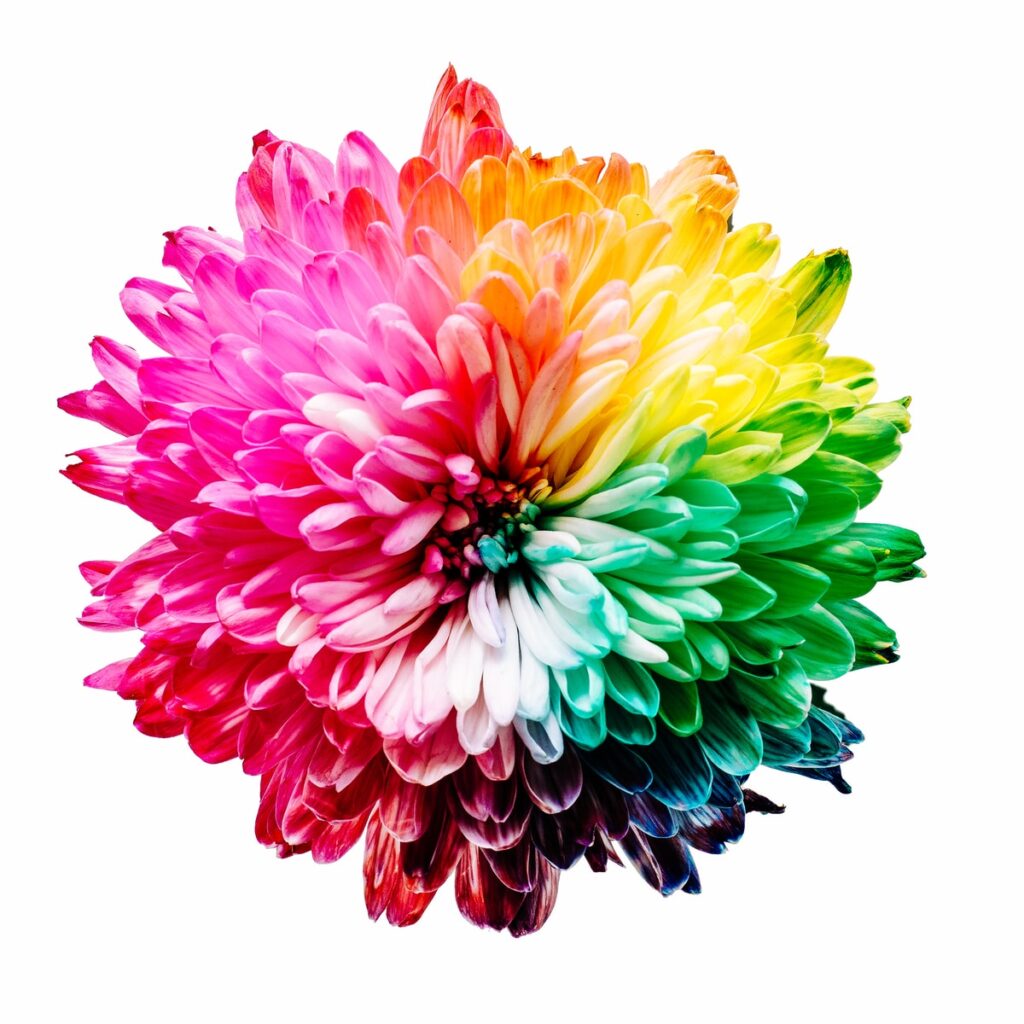
The more energy your body puts into defending itself, the more ‘vital’ (meaning ‘energetic’) will be your symptoms, including your phlegm colour.
‘Vital’ means full of life, which in the case of phlegm colour means vibrant, not perhaps an adjective you’d normally use for this but
The less energy it has to put into defending itself, or the more chronic its condition, the less coloured will be the phlegm:
The longer it has been cooking, the darker will be the phlegm colour. So brown, even black, suggests a more chronic condition.
That brown, grey or black phlegm might have been any colour before it cooked. However, just as when you leave a stew cooking on the hob for too long and find charcoal when your return to it, so has your body been cooking your mucus!
Brown or black is not a healthy phlegm colour. Long-term smokers often have dark phlegm, coloured by the soot in their lungs.
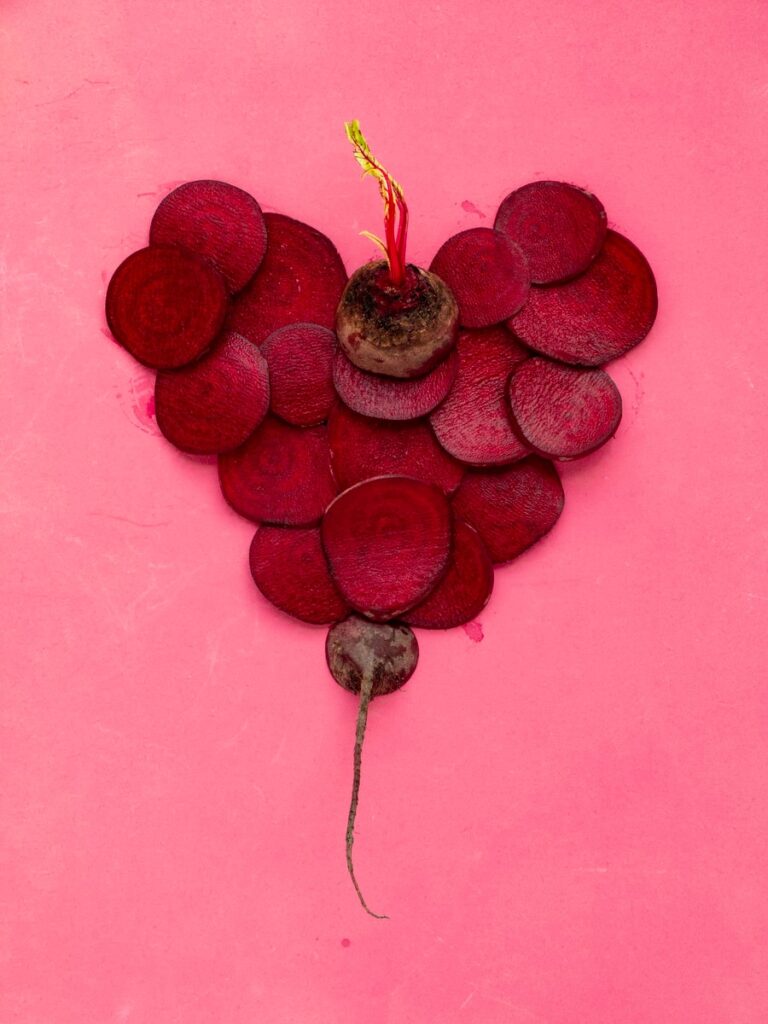
Do remember that what you have recently eaten may colour your phlegm: this discolouration soon disappears, however. It is harmless.
Darker phlegm colours mean that your body has had phlegm for some time. It is trying to clear it with heat, but, just as charcoal in your saucepan stuck to the bottom of the pan can’t be shifted by applying extra heat, so also with your body. Your body can only clear this black stuff by hawking it up and out. It’s hard to shift. Probably some remains.
Black phlegm may not be phlegm, but old blood, just as a blood clot slowly darkens until, almost black, one day your body discards it.
Obviously you’ll worry that this dark blood points to cancer but it doesn’t always. It could be an ulcer, and you should still see a doctor.
Before panicking, read our page on Stomach Blood stasis.
Grey phlegm is most likely white phlegm discoloured by something you’ve eaten or inhaled. If so, it should disappear after a few hours.
Otherwise, it’s been going through a darkening process caused over time by heat, as explained above. If that’s the case, it’s a slow process, so not usually acutely serious, but if it persists, you should see an acupuncturist or your doctor.
Phlegm Colour is one thing. What its consistency looks like is another!
The denser the phlegm, either the greater the Heat applied to it, or the longer it has cooked.
Just like on your stove, if you turn up the heat on a soup you are making, it will become thicker. Or you could put it on low, forget about it, and then be reminded only too late by the smell of burning, at which point the fluids have boiled away, leaving just solids, which quickly carbonise.
So, thick lumpy or stringy phlegm has been cooking for longer.

Stay in Touch!
No spam, only notifications about new articles and updates.

Book a Video consultation if you want to know more about your symptoms

This is a sign of Cold. What does this mean? One or more of the following might apply:

If you always have too much clear and watery mucus, ie chronic:
White phlegm and sputum (especially if sticky) suggests not that you have great Yang deficiency, but that your Spleen and Stomach Qi are deficient. This produces, together with Kidney Yang deficiency, a condition called Cold-Phlegm’

White mucus is typically coughed or hawked up or appears in your nose.
White mucus or phlegm colour appears
You can help yourself by

All these help to increase your body’s warmth, compensating for the coldness of the food. As your metabolism warms up it will produce less runny white phlegm.
White catarrh, like uncooked egg-white, is a step towards other forms of phlegm. It easily obstructs normal bodily processes and can become heated, leading to more highly coloured forms of phlegm (for example, yellow or green) with the additional problems they bring.
Try to clear white mucus before it changes to something worse!
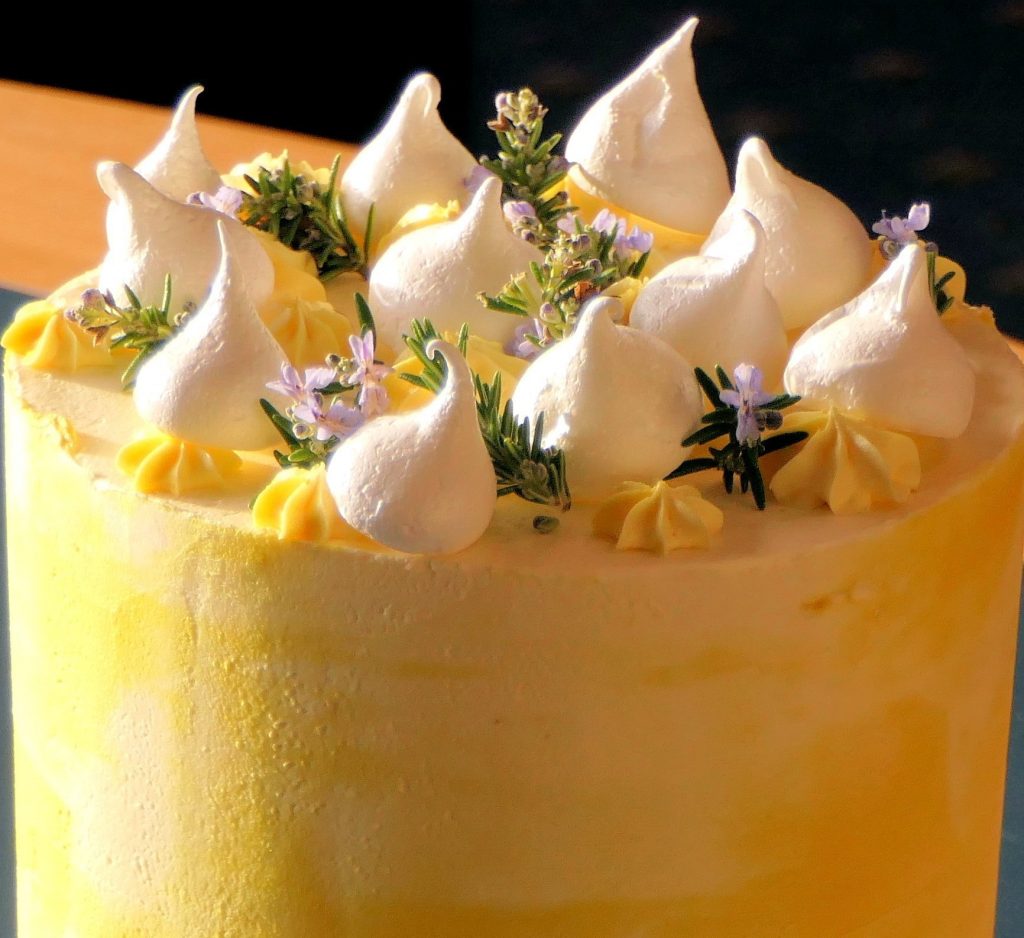
The phlegm colour yellow indicates Heat. It might be a lot of heat, or only a little. The thicker, more sticky, more colourful, stronger-tasting or more smelly it is, the more heat.
Where has this heat come from?
What kind of internal syndrome?
‘Purulent’ phlegm colour means containing pus. This may be yellow or yellow-green. The pus might contain blood, making it red.
Purulent phlegm colour is a step further down the scale from cold to hot, and indicates – if from the lungs – ‘Lungs Toxic Heat’.

Coughing up green ‘mucus’? Green phlegm colour is usually a warmer version of yellow phlegm.
But not always: it could just be older. It depends on the vibrancy of the colour. The more vibrant the colour the more it suggests Heat and an active Phlegm-Heat or Damp-Heat syndrome. By ‘active’ I mean developing, growing, like the ivy in the picture above. For example:
As phlegm ages it goes darker. That your phlegm is not yellow, green or red means it is less acute, more chronic. With this brown or brown and green ‘mucus’ (ie phlegm) you have to accept that your body’s reactive powers are diminished. This stuff is older. So, besides whatever syndrome is diagnosed there is almost certainly some yang deficiency, probably being Kidney Yang deficiency and Spleen yang deficiency.
Possible Western-medicine defined diseases for brown phlegm include bronchitis, lung abscess, pneumonia and cystic fibrosis.

A red phlegm colour contains blood. Escaped blood means either that there is excess Heat or, occasionally, that there is Yin deficiency.
Or both, as may occur, for example, in end-stage tuberculosis.
In Chinese medicine, it can occur with Heart Blood stasis or Lung Heat for various kinds of Western diagnosed conditions including pneumonia, TB as mentioned, and pulmonary embolism.
Black phlegm looks alarming!
I once helped my sister move house. I cleared her attic. When building the house 100 years earlier, the builders had put soot 10cm deep between the joists as insulation to prevent heat loss from the rooms underneath into the roof void. In the dark, moving stored paraphernalia, I disturbed the soot particles. I emerged looking like a coal-miner newly up from a deep mine. Some hours later I started coughing and spat out huge quantities of black sputum. But several days later it had all cleared and my excitement diminished! |
What did I learn from this?
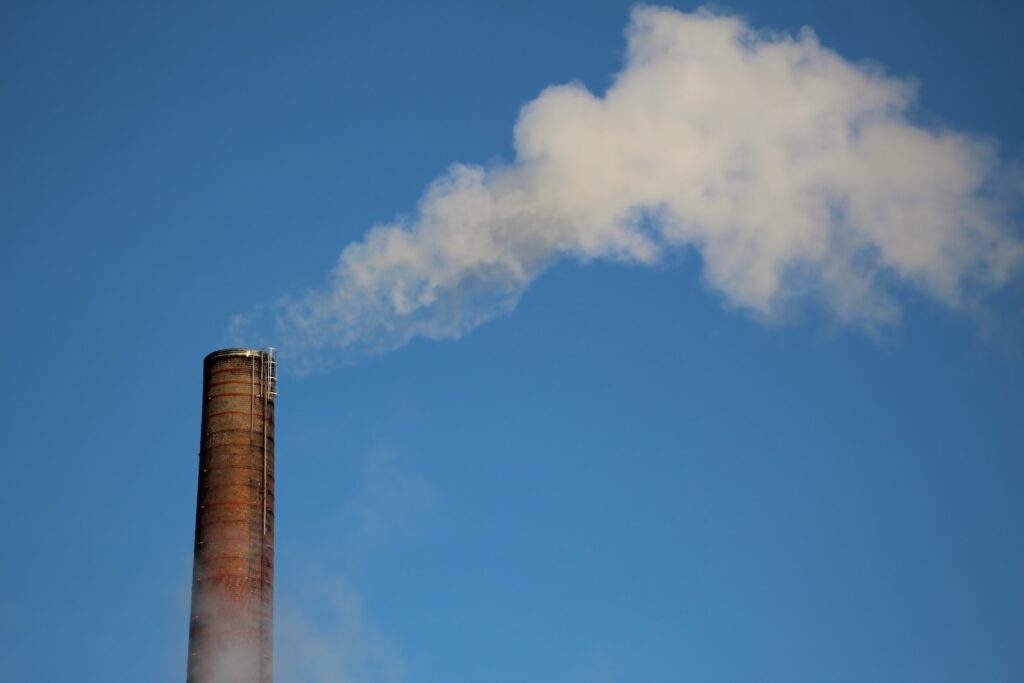

If there is redness in or round them, probably your lungs are bleeding: see red phlegm, above
Otherwise, the fact they’ve gone hard means they’ve been there for some time, slowly losing moisture and hardening the original phlegm.
Fortunately, your body now has enough strength to cough them up. So they may be from a former illness, almost forgotten, now expelled by your stronger body.
To make sense of them read what is said above about Black phlegm.

This Introductory Chinese medicine course introduces you to the amazing thinking behind this ancient medicine, now increasingly in demand.
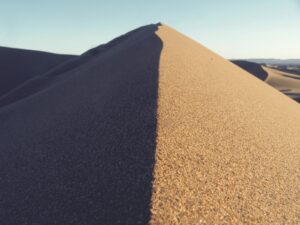
The Scottish College for Chinese medicine provides introductory courses for all, explaining Chinese medicine and its cultural background.

Master Tung’s acupuncture is a hidden treasure, lost to China but recovered in Taiwan from where it spread round the world.

Knee pain has five main causes. It’s certainly worth trying acupuncture before you resort to surgery!
Subscribe to the Newsletter
If you are interested in understanding how Traditional Chinese Medicine can improve your life sign up to my newsletter for the latest updates.
Subscribe to the Newsletter
If you are interested in understanding how Traditional Chinese Medicine can improve your life sign up to my newsletter for the latest updates.
3 Responses
Thank you very much. Very useful, and I look forward to exploring your site more. 🙂
Thanks Bruce – yes! Our bodies produce many signs which traditional medicines learned to use to diagnose disease, and to measure improvement from changing our habits and from treatment. Once you get the basic idea, you can often work out what you’re doing wrong. Best wishes Jonathan
Thank you very much Jonathan , this is a lovely depiction with your use of photos and a very positive inspiration to delve deeper. Thank you very much Jonathan 😊